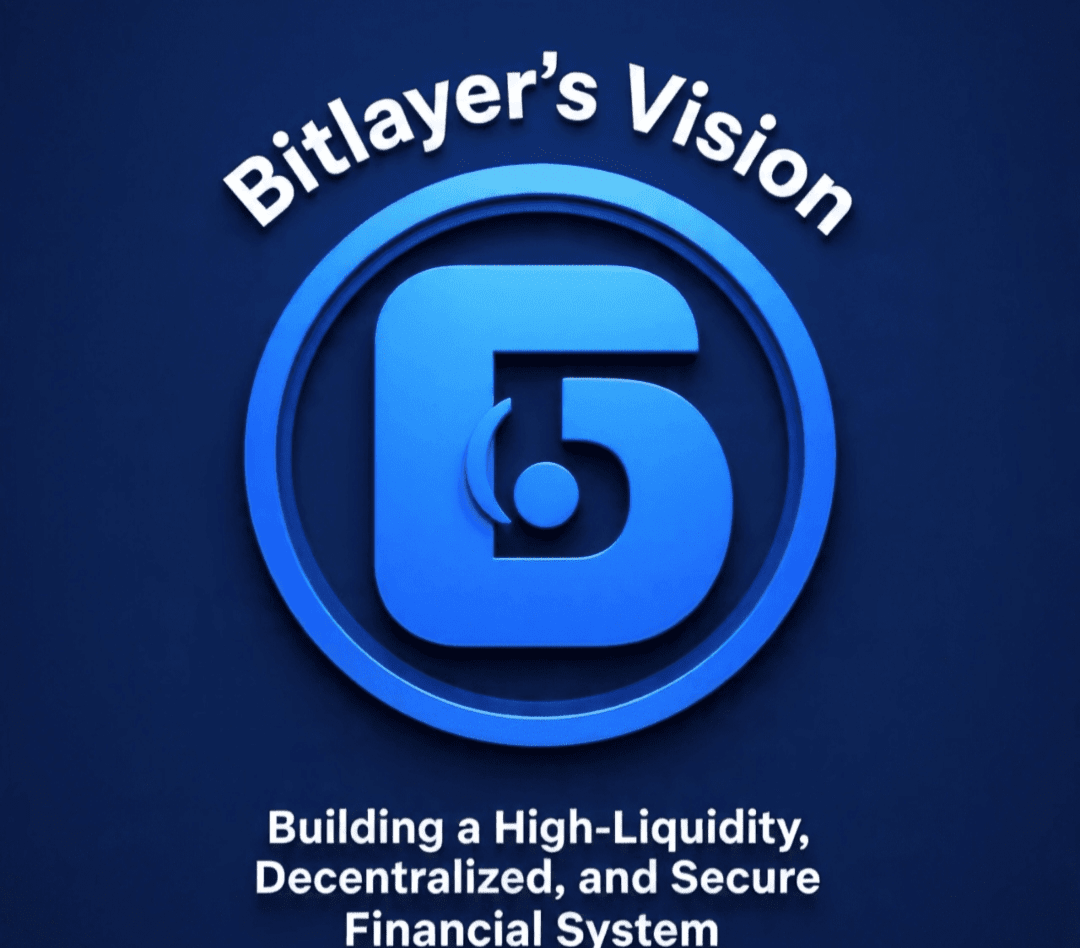Bitlayer isn’t just another blockchain project. It’s building a full system where liquidity (money flow) becomes the foundation of a new financial internet. By combining partnerships with different blockchains (Layer-1s) and the economic power of mining/validator pools, Bitlayer wants to make sure Bitcoin and other assets can move into DeFi smoothly, cheaply, and securely.

1. Liquidity as the Base Layer
In traditional finance, liquidity is supported by market makers, banks, and clearinghouses. Bitlayer looks at DeFi the same way not waiting for liquidity to appear, but designing the pipes that make money flow between chains.
What this unlocks:
• Lower slippage for big trades.
• Faster settlement between blockchains.
• Easy entry and exit for BTC into DeFi.
• Less reliance on one single chain.
2. Cross-Layer-1 Collaborations (More Than Just Bridges)
Instead of making one bridge or wrapped token, Bitlayer is building a mesh network that connects many blockchains like Ethereum, Solana, Bitcoin-based chains, and Cosmos.
How it works:
• Adapters that translate rules of different chains.
• Smart routing that chooses the fastest and cheapest path.
• Security layers like multisigs, MPC, and zero-knowledge proofs.
Why it matters:
Developers can use the strengths of each chain
Traders get deeper liquidity and better prices.
3. Mining & Validator Pools as Liquidity Engines
Bitlayer wants miners and validators to do more than just secure networks. Their rewards and staking income can be used to power liquidity in DeFi.
Examples:
• Rewards go into liquidity vaults to support lending and trading.
• Mining income helps reduce borrowing costs for derivatives.
• Validators coordinate big swaps, lowering slippage for institutions.
4. Products Bitlayer Can Power
By combining cross-chain links and mining liquidity, Bitlayer can support:
BTC lending/borrowing without relying only on wrapped tokens.
• Cross chain AMMs with shared liquidity.
• Low slippage on chain OTC desks for large trades.
• Faster and cheaper global payment rails.
5. Security, Governance & Fairness
Of course, turning mining pools into liquidity engines raises questions about fairness. Bitlayer’s answer:
Liquidity comes from many independent pools, not one big player.
• Transparent on chain reporting of revenues and vaults.
• Governance with time locks and community audits.
• Penalties for bad actors.
6. Challenges & Risks
No system is risk free. Bitlayer faces:
Regulation: liquidity tied to mining could be seen as market making.
Concentration:
Some pools might still dominate.
Bridge risks:
Cross chain tech is always an attack target.
Market stress:
Mining rewards might not cover liquidity needs in crises.
7. Adoption Strategy
Bitlayer becomes stronger as more chains and pools join. Early growth will likely come from:
• Institutions needing deep BTC liquidity.
• Cross-chain DeFi projects.
• Miners/validators looking for new revenue.
Approach:
Start with deep integrations (e.g., Bitcoin + one major L1).
• Provide easy dev tools and SDKs.
• Show on chain analytics to prove depth and safety.
8. The Long-Term Vision
If successful, Bitlayer will create an interconnected financial layer where value moves freely across blockchains. This could enable:
• Global Bitcoin lending markets.
• Multi chain yield aggregators.
• Native cross chain derivatives.
• Easier institutional participation in DeFi.
Conclusion
Bitlayer’s strategy is bold but practical: treat liquidity as infrastructure, not luck. By combining Layer-1 collaborations with miner and validator participation, it wants to fix one of DeFi’s hardest problems deep, reliable, cross chain liquidity.
The road is tough (security, regulation, decentralization), but if Bitlayer can solve these challenges, it could set a new standard for how liquidity works in the blockchain era.



